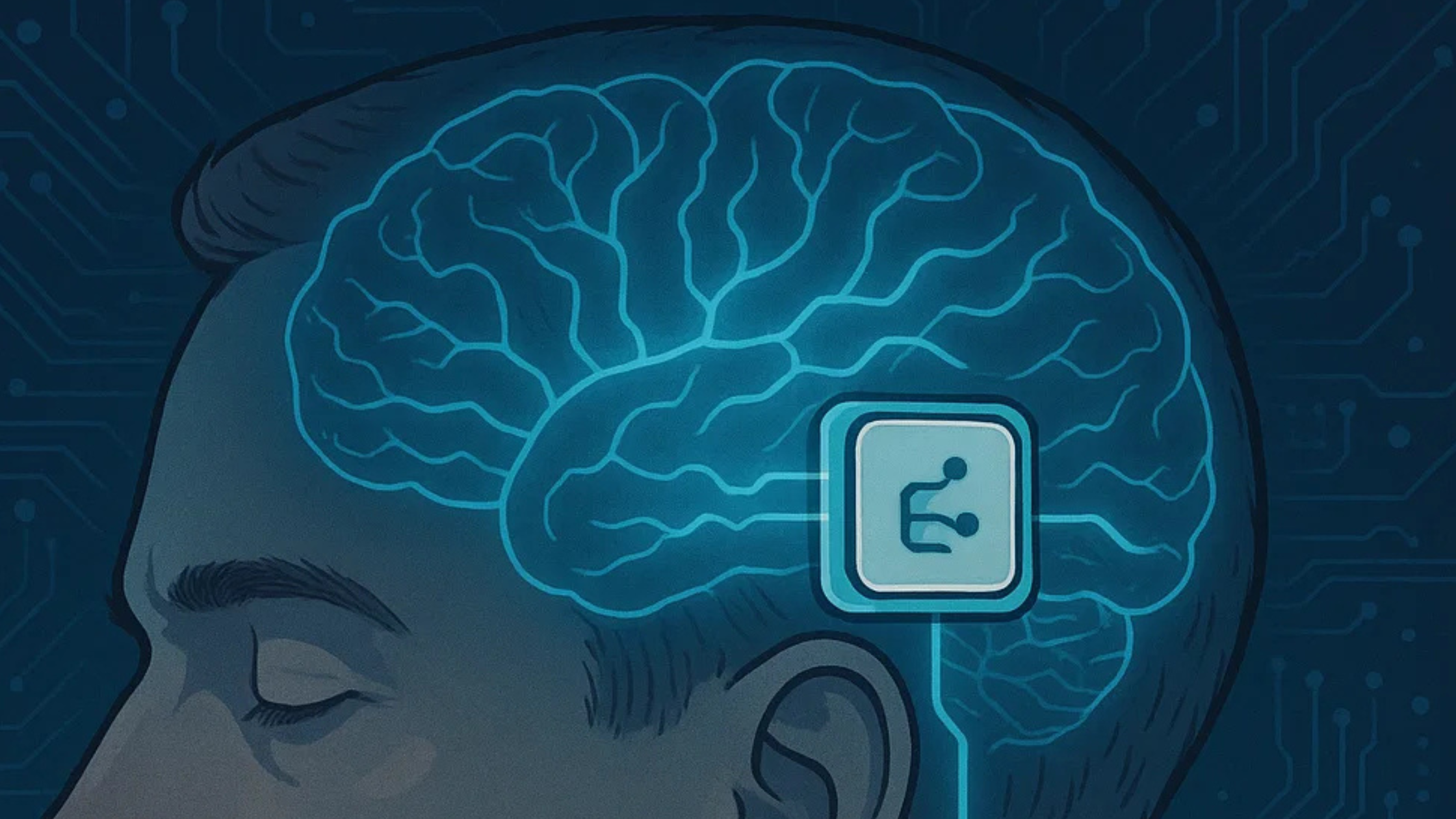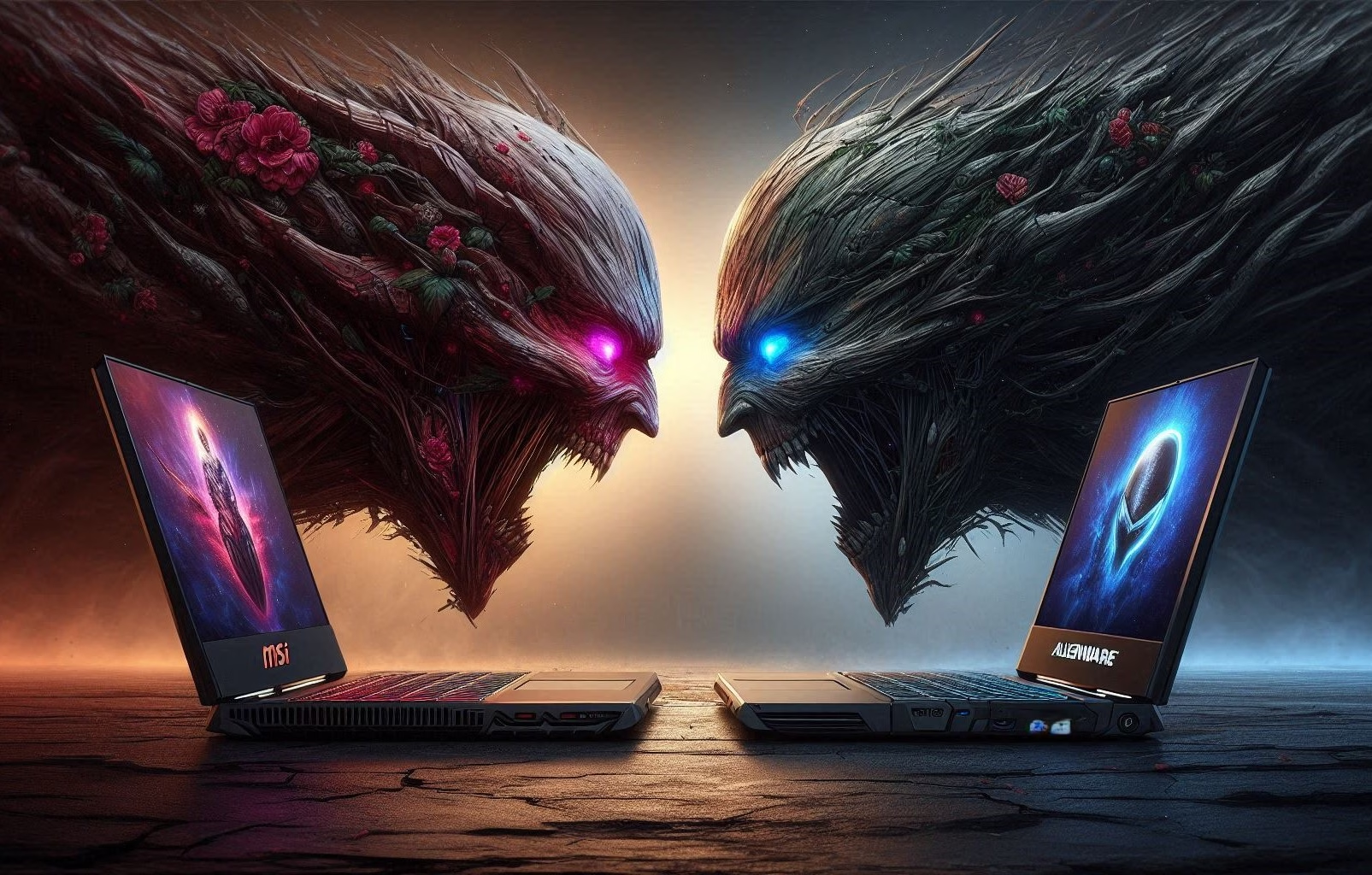What if volitional thought alone could actuate external systems or transmit data without any motoric involvement? Brain-computer interfaces (BCIs) are transforming this hypothetical construct into a burgeoning and increasingly tangible paradigm of human-machine integration.
These cutting-edge neurotechnologies establish an unmediated physiological interface between cortical activity and digital systems, reconceptualising the very foundations of cognitive agency, user interaction and computational symbiosis.
The commencement of Neuralink’s inaugural human clinical trial represents a critical inflexion point—wherein abstract theoretical postulates are now evolving into tangible clinical applications, signaling profound implications for neuro-prosthetic innovation and broader societal transformation.
Understanding Brain-Computer Interfaces (BCIs)
BCIs constitute an advanced category of neurotechnological architectures that enable real-time bidirectional communication between the central nervous system and computational environments. These systems decode neuroelectrical patterns into executable digital commands. Effectively bypassing conventional neuromuscular pathways.
Initially pioneered for therapeutic interventions targeting neuromotor pathologies—such as quadriplegia, amyotrophic lateral sclerosis, and locked-in syndrome—BCIs have witnessed exponential growth in scope. Today, their utility extends into domains such as cognitive augmentation, extended reality systems, adaptive learning technologies and even neuromarketing frameworks that analyze and respond to subconscious affective states.
Neuralink's Human Trial: A Technological Milestone
In a groundbreaking advance for the BCI sector, Neuralink co-founded by Elon Musk—initiated its first human clinical assessment of an implantable neural interface in 2024. The investigational device, codenamed “Telepathy”, comprises a matrix of ultra-thin neural filaments engineered to interface directly with cerebral cortex regions. This thereby facilitates high-bandwidth neural signal acquisition and transmission.
The initial human participant is a subject experiencing profound motor paralysis and has demonstrated the capacity to manipulate a computer interface in real time solely through cognitive intent. This empirical validation confirms the operational feasibility of intracortical BCI systems and also underscores their transformative, therapeutic and functional potential.
The success of this trial significantly extends the boundaries of epistemological neuroprosthetic design. It also portends a future wherein brain–computer interfacing becomes an integral component of both restorative medicine and elective neuroenhancement. In this vision, BCIs could transition from specialised clinical tools to everyday instruments for augmenting perception, communication and Interaction in Digitally Immersive Ecosystems.
Broader Applications and Industry Impact
Beyond its clinical origins, the trajectory of BCI innovation now encompasses a spectrum of interdisciplinary applications. In neuropsychiatry. for example, BCIs are being explored as closed-loop systems capable of modulating neural circuits implicated in depression, anxiety and PTSD.
In commercial contexts, consumer neuroscience leverages BCI-enabled biometrics to optimize user engagement, emotional resonance, and decision-making analytics. In creative industries, cognitive interfaces are pioneering new modalities of ideation, wherein content creators can transcribe thoughts directly into digital media without intermediary tools.
However, these applications are revolutionary and give rise to a series of ethical and philosophical challenges. Questions concerning neuro privacy, consent and the ownership of cognitive data are increasingly salient.
What legal and regulatory frameworks should govern the commodification of thought? How should society balance innovation with the imperative for neuroethical safeguards?
Technical and Ethical Hurdles
Despite impressive breakthroughs in BCIs, they still face formidable technical and sociocultural challenges. On the engineering front, critical objectives include enhancing spatial and temporal resolution.
Ensuring long-term implant biocompatibility and mitigating neural signal noise, Optimizing data processing algorithms for the real-time responsiveness. Societal acceptance currently hinges on robust regulatory mechanisms.
Equitable access across socio-economic platforms. More transparent public discourse on the normative implications of neuroaugmentation.
Emerging firms such as Synchron, Kernel, and Blackrock Neurotech are leading a vanguard of interdisciplinary innovation, each exploring unique interface modalities—from endovascular implants to noninvasive electrophysiological sensors.
The field’s progression will require coordinated efforts across neuroscience, biomedical engineering, AI development and jurisprudence to construct a holistic framework for responsible technological evolution.
Embracing the BCI Revolution
Brain-computer interfaces have transcended the realm of speculative fiction and are actively reconfiguring the ontological boundaries between cognition and computation. The advent of Neuralink’s human trial constitutes a watershed moment amplifying global discourse at the confluence of neurotechnology, artificial intelligence and societal transformation. Navigating this frontier demands not only advanced technical expertise but also deep ethical introspection and institutional accountability.
As BCI technologies become increasingly enmeshed with everyday life, the core constructs of identity, autonomy and consciousness may be irrevocably transformed.
How will these developments recalibrate our collective understanding of what it means to be human in the digital epoch? We invite you to share your reflections or explore our curated thought leadership on the intersection of neural engineering, machine learning, and posthuman philosophy.
Sources and References
Neuralink’s Human Clinical Trial
Neuralink. (2024). Neuralink’s First Human Trial Announced. Retrieved from https://neuralink.com/blog/first-human-trial
Overview of BCIs and Neurotechnology
Lebedev, M. A., & Nicolelis, M. A. L. (2006). Brain-machine interfaces: past, present and future. Trends in Neurosciences, 29(9), 536–546. doi:10.1016/j.tins.2006.07.004
Applications in Neuropsychiatry
Widge, A. S., Malone, D. A., & Dougherty, D. D. (2018). Closing the loop on deep brain stimulation for treatment-resistant depression. Frontiers in Neuroscience, 12, 175. doi:10.3389/fnins.2018.00175
BCIs in Consumer and Creative Industries
Ramsey, N. F., & van de Plassche, T. D. (2021). Consumer neurotechnology: ethical considerations and the need for responsible innovation. Nature Biotechnology, 39, 933–935. doi:10.1038/s41587-021-00970-7
Ethical and Legal Frameworks
Ienca, M., & Andorno, R. (2017). Towards new human rights in the age of neuroscience and neurotechnology. Life Sciences, Society and Policy, 13, 5. doi:10.1186/s40504-017-0050-1
BCI Companies and Innovations
Blackrock Neurotech: https://www.blackrockneurotech.com
Synchron: https://synchron.com
Kernel: https://www.kernel.com
Technical Challenges in BCI Design
Muller, L., Hamilton, L. S., Edwards, E., Bouchard, K. E., & Chang, E. F. (2016). Spatial resolution dependence on spectral frequency in human electrocorticography. NeuroImage, 96, 1–10. doi:10.1016/j.neuroimage.2014.03.045
These references support the assertions and claims throughout the article, ensuring its academic rigour and factual grounding.





